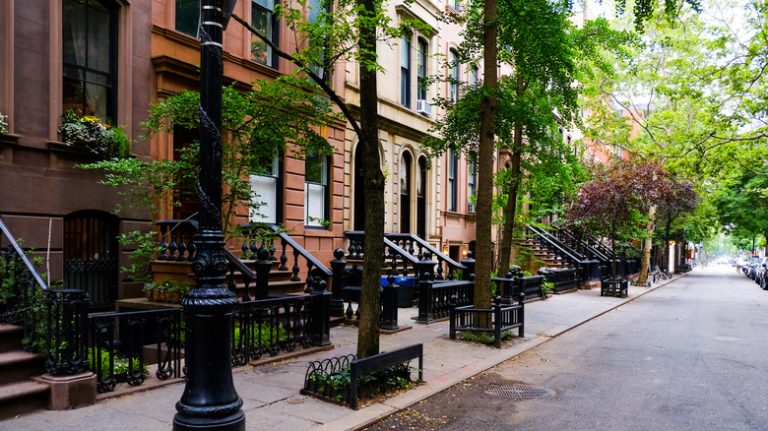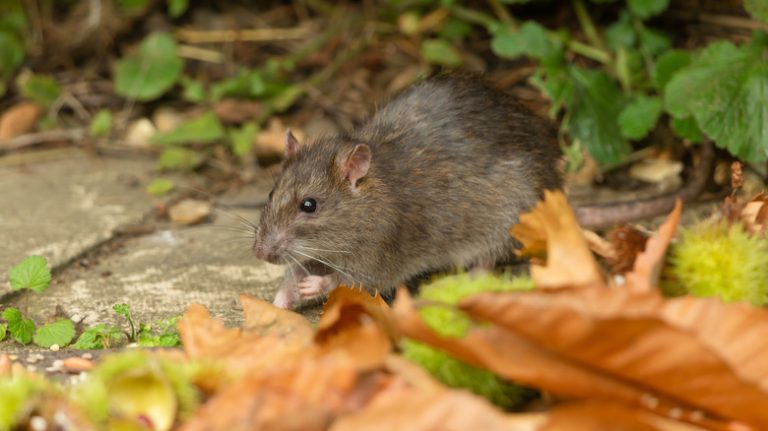There are numerous reasons to plant a tree closer to your home. It can offer shade to reduce some of the cooling costs during the summer months and can be an aesthetically appealing investment to create a stunning landscape. Large trees in your yard may even add value to your home. While trees offer lots of benefits, you’ll need to choose them wisely to avoid potential problems with trees as they grow. Ideally, you should avoid planting poplar and aspen close to your home, as well as willow and silver maple. Each of these trees could be a gorgeous option toward the back of your yard, but they shouldn’t be too close to the home.
Before you get started planting any trees, there are a few things to do. Check with your city to ensure there are no restrictions on where you can plant them. Some city and homeowner’s association rules may limit any tree’s proximity to the home. You also need to call 811, a service that will market all of the utility lines that are running under your yard so you don’t plant a tree near them.
You’ll then want to choose trees wisely based on their size and their overall demands for light, nutrients, and water. Many people plant more than one tree at a time for the aesthetic, and that can work well if there’s ample room to meet all needs. As you research your tree options, aim to avoid planting these trees close to your home.
Avoid planting poplar and aspen trees close to your home
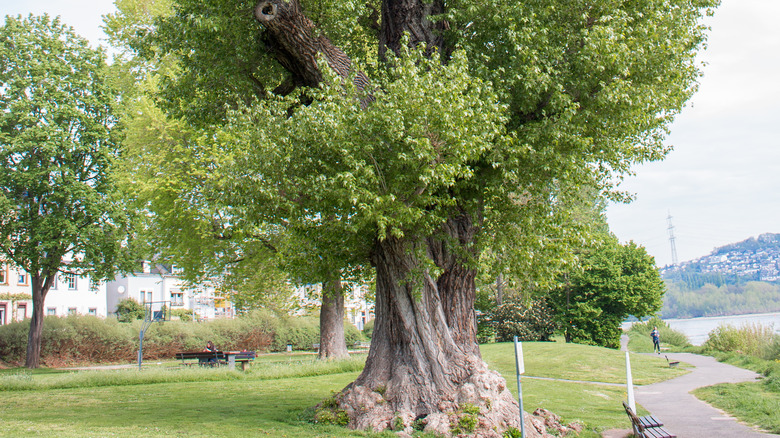
Though various varieties exist, poplar and aspen trees are large, dominating trees. While they can be stunning to place in your yard, their demands can make them a bit less beneficial directly next to your home. Consider the Siouxland poplar, a variety that can reach up to 100 feet tall and spread from 30 to 40 feet wide. That height may have them well over the top of your home, but they have a very shallow root system. That root system is also very aggressive at seeking out water sources. That ultimately means they will move in closer to your home and may potentially break into the sewer pipes and your foundation as they do. Even smaller versions of these trees will seem to have fast-growing root systems.
Aspen trees are another worrisome option. Though some varieties are short-lived trees that don’t develop significant root systems, others do. These trees, which spread rapidly, have a root system that’s able to reproduce quickly as it moves to establish the tree. What’s more, if you take down an aspen tree, chances are good the root system will remain because of how aggressive it can be. They grow throughout the year, reproducing numerous times with additional trees developing close to the first. Though stunning with their yellow leaves in fall, aspen can be problematic to control and manage over time.
Silver maple is not an ideal tree for near your home
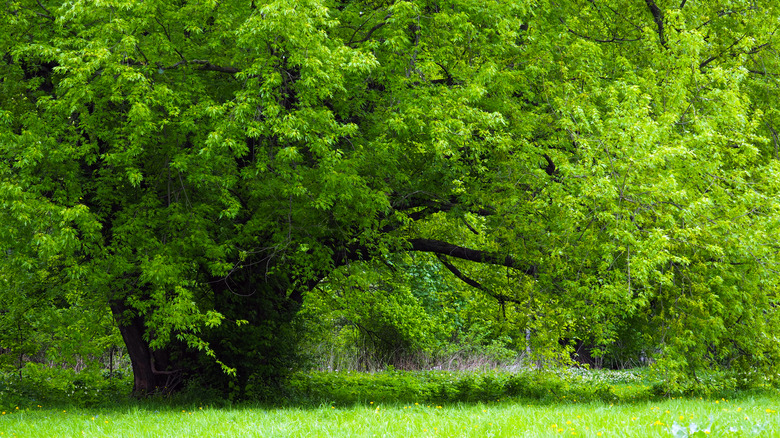
The silver maple (Acer saccharinum) is perhaps an interesting choice for a landscape since it grows with an irregular shape and a more rounded crown. However, you may not want to plant it too close to your home for a few other reasons. First, this is a fast-growing tree. Some of the largest varieties can have a circumference of nearly 350 inches and reach as high as 116 feet. Their width can reach as much as 60 feet wide as well. This makes for a tree that is going to rise quickly next to your home, with tree branches that will likely strike the roof, creating the potential risk of damage there. There are shorter varieties, but even these can quickly reach 50 to 80 feet tall.
While planting it in a big, open field or area can help to create an impressive display, putting it too close to a home isn’t ideal. The tree’s root system is very shallow, and you’ll likely notice those roots protruding out from the ground. This creates uneven ground that can make cutting your grass harder to do. The roots of the silver maple are aggressive and strong enough to damage driveways, sidewalks, and even the foundation of the home. They are also attracted to water, which means your well or sewer lines, septic tanks, and fields could suffer damage from these roots.
The willow tree is not ideal near a house either
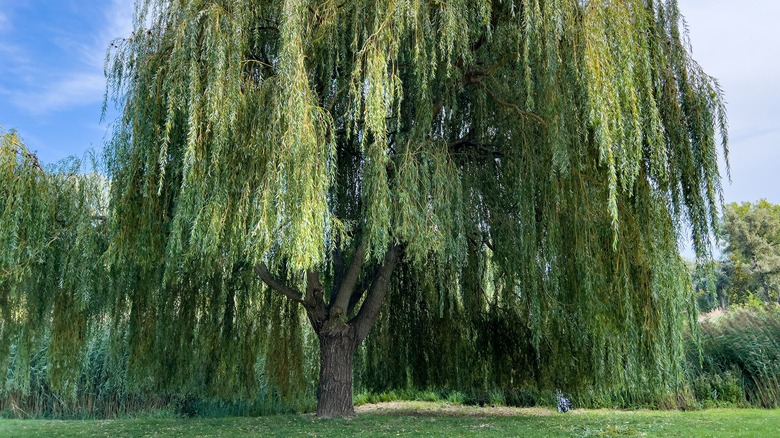
A. Laengauer/Shutterstock
Yet another tree to avoid planting near your home is the stunning willow tree. There’s certainly something special about seeing this tree in all of its glory out in the backyard, but it’s a bit more aggressive than you may realize when it comes to being close to home.
The complication of willow trees is their ability to grow their root system quickly. The threes themselves can group about 4 feet each year, and many will reach a mature height of around 50 feet. That doesn’t seem all that tall, but it’s the roots that are the problem. Often called a water seeker, the willing tree’s roots will continue to tunnel further and further into the ground to find new water resources. They are noted for their constant ability to invade your underground pipes, including water lines and sewer drains, as they seek that out. If there’s a risk of a cracked pipe in your yard, that’s going to draw those roots in. It’s important to note that many of today’s homes have PVC pipes, which reduce the risk of a tree root making its way in. However, tree roots invading water lines is a big problem for older homes.
For alternative trees to consider, think about Japanese maple, crabapple, and flowering dogwood trees. They are beautiful trees, but their roots are not as aggressive. Others may include weeping cherry trees and American holly.

